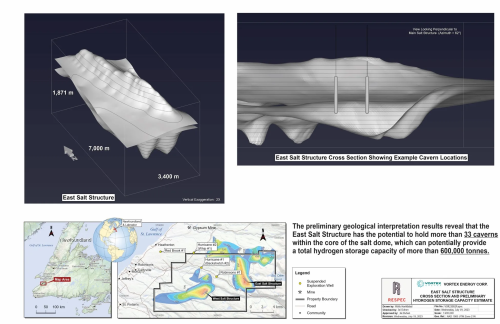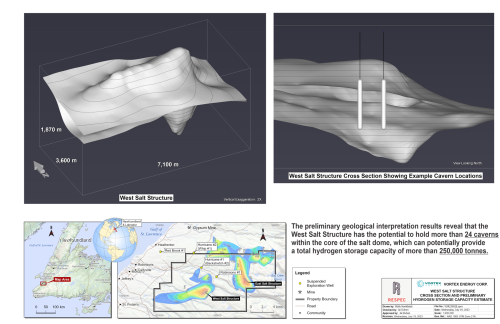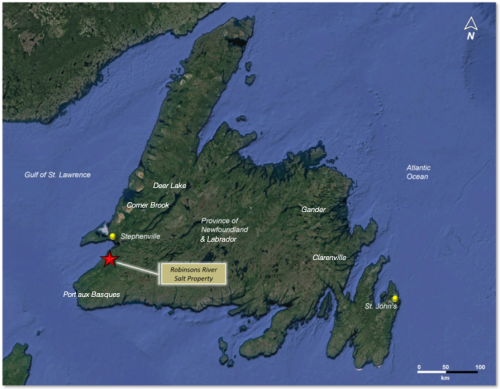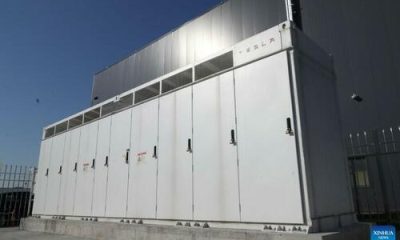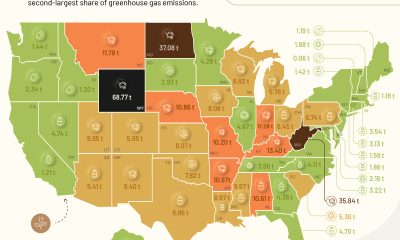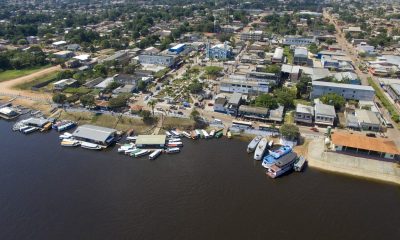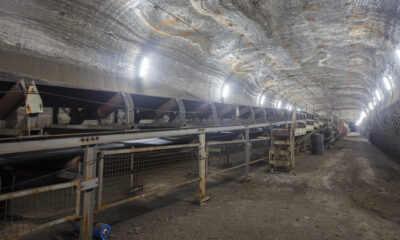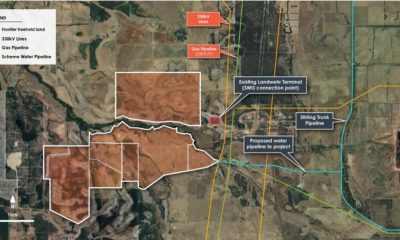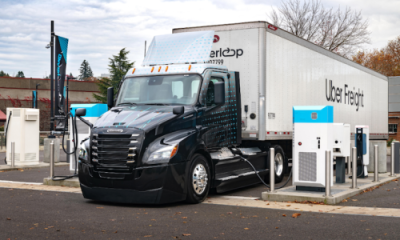Energy & Critical Metals
Vortex Energy announces large-scale hydrogen storage estimates at Robinsons River Salt Project
Canada-based Vortex Energy has completed a hydrogen storage capacity assessment for the East and West Salt Structures at the Robinsons River Salt Project….

Canada-based Vortex Energy has completed a hydrogen storage capacity assessment for the East and West Salt Structures at the Robinsons River Salt Project. The work was done by the company’s contracted consultant partner, RESPEC Consulting, a geology, geophysical and engineering consultancy with direct experience in underground hydrogen storage caverns.
Salt is a key product used in food, chemical applications, pharmaceuticals and as a de-icing product. The North American salt market is currently in a deficit of more than 10 million tonnes annually. As salt is mined, the caverns can be used as a safe, reliable, and cost-effective method to store large amounts of hydrogen or ammonia.
Based on available geological information, the East Salt Structure can potentially hold an estimated amount of (1) 550,000 tonnes of hydrogen in more than 35 caverns, based on conservative estimates and up to (2) 900,000 tonnes of hydrogen in more than 53 caverns, using optimistic estimates.
Using conservative estimates, the hydrogen storage capacity assessment for the East Salt Structure estimates that the total volume of the East Structure salt cavern field is more than 70 million m3.
Based on the available geological information, the West Salt Structure can potentially hold an estimated amount of (1) 250,000 tonnes of hydrogen in more than 25 caverns, based on conservative estimates and up to (2) 350,000 tonnes of hydrogen in more than 43 caverns, using optimistic estimates. Using conservative estimates, the hydrogen storage capacity assessment for the West Salt Structure estimates that the total volume of the West Structure salt cavern field is more than 50 million m3.
To conduct the hydrogen storage capacity assessment, RESPEC generated preliminary cavern layouts and performed high-level thermodynamic calculations to estimate the hydrogen storage capacity of the East and West Salt Structures based on the interpreted geology, operating pressure limits set by the Canadian Standards Association Z341, and the estimated cavern dimensions based on the company’s gravity and 2D seismic interpretation of the salt dome structure at the Project.
Because the 2D seismic interpretation results on which the hydrogen storage capacity assessment is based decrease in accuracy with increased distance from the seismic lines, RESPEC generated conservative and optimistic cavern field layouts based on the distance from the seismic lines and distance from the salt dome core. The conservative case only considers salt caverns closer to the seismic lines and within the salt dome core whereas the optimistic case also includes caverns away from the core of the salt dome.
The placement and design of any salt caverns that are ultimately developed by the company at the Project will be dependent on the local geology and the thickness of salt strata at the cavern well location. In generating the cavern field layout for the hydrogen storage capacity assessment, RESPEC assumed that caverns were placed at a spacing-to-diameter ratio of 4, at least 1.5 cavern diameter length away from the salt dome boundary, limited in diameter to 80 meters and located at least 200 m below the top of salt and 200 m away from the bottom of salt.
These preliminary results from RESPEC are very promising. If the results of the assessment are accurate, the Project has the potential to store significant amounts of hydrogen and could end up being one of the largest salt cavern discoveries on the east coast of Canada. We believe that these results, along with our recent agreement to acquire additional land to the north of the Project, position Vortex to capitalize on the growing demand for hydrogen and other renewable energy infrastructure.
—Paul Sparkes, CEO of Vortex
East Salt Structure Cross Section and Preliminary Conservative Hydrogen Storage Capacity Estimate
West Salt Structure Cross Section and Preliminary Conservative Hydrogen Storage Capacity Estimate
Vortex Energy Corp. is an exploration stage company engaged principally in the acquisition, exploration, and development of mineral properties in North America. The company is currently advancing its Robinson River Salt Project located approximately 35 linear km south of the town of Stephenville in the Province of Newfoundland & Labrador covering more ethan 17,000 hectares.
Leveraging the Robinson River Salt project, the company is also exploring the development of technologies to store green hydrogen in salt caverns efficiently. Vortex also holds the Fire Eye Project, which is located in the Wollaston Domain of northern Saskatchewan, Canada.

Uranium Exploration Company Announces Additional Staking in the Athabasca Basin
Source: Streetwise Reports 12/22/2023
Skyharbour Resources Ltd. announced an update from its Canada-based Falcon Project along with additional…
Tesla Launches New Mega Factory Project In Shanghai, Designed To Manufacture 10,000 Megapacks Per Year
Tesla Launches New Mega Factory Project In Shanghai, Designed To Manufacture 10,000 Megapacks Per Year
Tesla has launched a new mega factory…
Giving thanks and taking stock after “a remarkable year”
An end-of-year thank you to our readers, industry colleagues and advertisers before Electric Autonomy breaks from publishing until Jan. 2
The post Giving…
